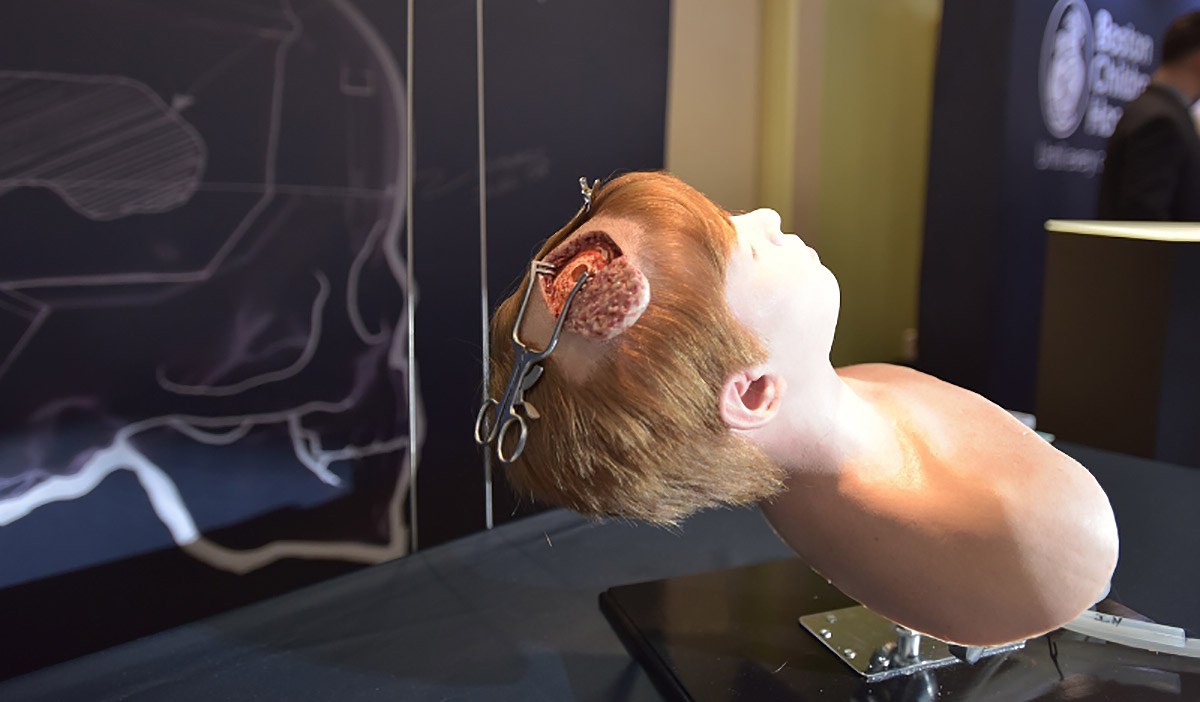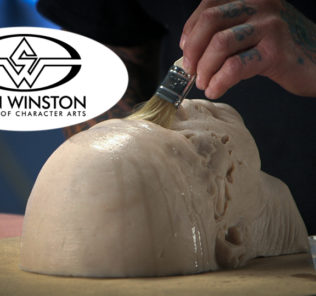Hollywood Special FX Artists Help Boston Children’s Train for Pediatric Surgery

From Engadget.com:
Boston Children’s Hospital has formed an odd partnership with a practical special effects company to create more realistic surgery simulator models. Santa Monica-based Fractured FX is well acquainted with human anatomy (and gore), having worked on FX’s bloody American Horror Story. It also helped recreate surgeries performed in the early 1900s on the Cinemax Series The Knick. For its part, Boston Children’s Hospital has had a surgery simulator program for quite awhile, but decided it needed to up the realism quotient and give doctors a better “haptic” feel for patient’s organs.
Sponsored Content:
With input from Boston Children’s Hospital doctors, Fractured FX developed models “not only look real, but they feel real,” according to the hospital’s press release. They contain “artificial tissues that bleed and pulsate, man-made blood vessels that feel like the real thing when doctors insert a catheter and special gels that feel like brain tissue when an endoscope is guided through them.” The FX team need to develop new designs and materials for the models, with the doctors giving them feedback as to how realistic they felt compared to real organs.
From Children’s Hospital Website:
“A lot of us had aspirations in medicine, and have collaborated with prosthesiologists to help improve prosthetics artistically,” says Fractured FX CEO Justin Raleigh. “We wanted to take our skills in special effects to try and help people.”
Sponsored Content:
One model, of the neck and upper chest, was developed in consultation with the hospital’s ECMO team, is designed to help surgeons put critically ill children on heart-lung bypass. The model includes tissues that bleed and pulsate, blood vessels and the vagus nerve, which surgeons need to avoid.
A second simulator, developed with the neurosurgical team, is helping teach surgical residents how to perform a tricky procedure called endoscopic third ventriculostomy (ETV), used to treat hydrocephalus. ETV uses an endoscope to remove tumors and bypass other blockages that prevent fluid from draining from the brain. This requires working perilously close to the basilar artery—if that artery is torn, the patient could die. The simulators, made with special gels that feel like real brain tissue, help surgeons hone their hand-eye coordination.
Learn more at Endaget.com & the Children’s Hospital Website!
Lance Baily, BA, EMT-B, is the Founder & CEO of HealthySimulation.com, which he started while serving as the Director of the Nevada System of Higher Education’s Clinical Simulation Center of Las Vegas back in 2010. Lance is also the Founder and acting Advisor to the Board of SimGHOSTS.org, the world’s only non-profit organization dedicated to supporting professionals operating healthcare simulation technologies. His co-edited Book: “Comprehensive Healthcare Simulation: Operations, Technology, and Innovative Practice” is cited as a key source for professional certification in the industry. Lance’s background also includes serving as a Simulation Technology Specialist for the LA Community College District, EMS fire fighting, Hollywood movie production, rescue diving, and global travel. He and his wife Abigail Baily, PhD live in Las Vegas, Nevada with their two amazing daughters.
Sponsored Content:

















